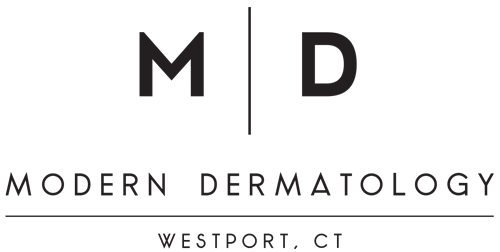Stretch Marks:
Pulse Dyed laser (PDL)
Stretch Marks
Stretch marks are scar-like bands that form when skin is stretched beyond its limits in order to accommodate a sudden increase in body size-because of rapid growth, pregnancy, body building, or weight gain. Stretch marks can also occur because of hormonal changes, for example in pregnancy and puberty. They are most likely to occur in areas where the body stores its extra fat, such as the belly, breasts, hips and thighs. When they first emerge stretch marks typically look red and shiny, and with time turn a whitish color and may become slightly indented into the skin. The good news is both old and new stretch marks can be effectively treated through Pulsed-Dye-Laser or PDL, Fraxel laser resurfacing, and/or microneedling – all techniques focus on prompting the body’s production of collagen and elastin to heal uneven pigment and texture of the skin.
Pulsed-Dye-Laser (PDL)
The PDL laser administers short pulses of light that specifically target reddish areas in the skin, while working to increase both collagen and elastin, which are two key proteins in the skin that effect structure and elasticity. Newer stretchmarks can often see improvement in just one treatment, while older stretch marks may require 2-4 treatments spaced out over several weeks. The treatment is nearly pain-free – you can expect to feel a mild, snapping sensation. There is no downtime following treatments.
Laser Resurfacing
Laser resurfacing is typically more effective than PDL for the treatment of stretch marks that appear white or “silverfish” in color. Laser resurfacing works by building collagen and elastin fibers in the skin. Treatment protocols typically require a series of 3-5 treatments over 3-8 weeks. Like with PDL, laser resurfacing is nearly pain-free and there is no downtime following treatment, however the area may be red and swollen for a few days following treatment.
Microneedling
Microneedling is a minimally invasive technique that involves a series of tiny, very fine needles pressed into the skin to create “micro-injuries” which trigger new collagen and elastin production as the skin begins to naturally repair itself. Most patients describe the procedure as painless, however the treated area will appear red and swollen for a few days following treatment.

